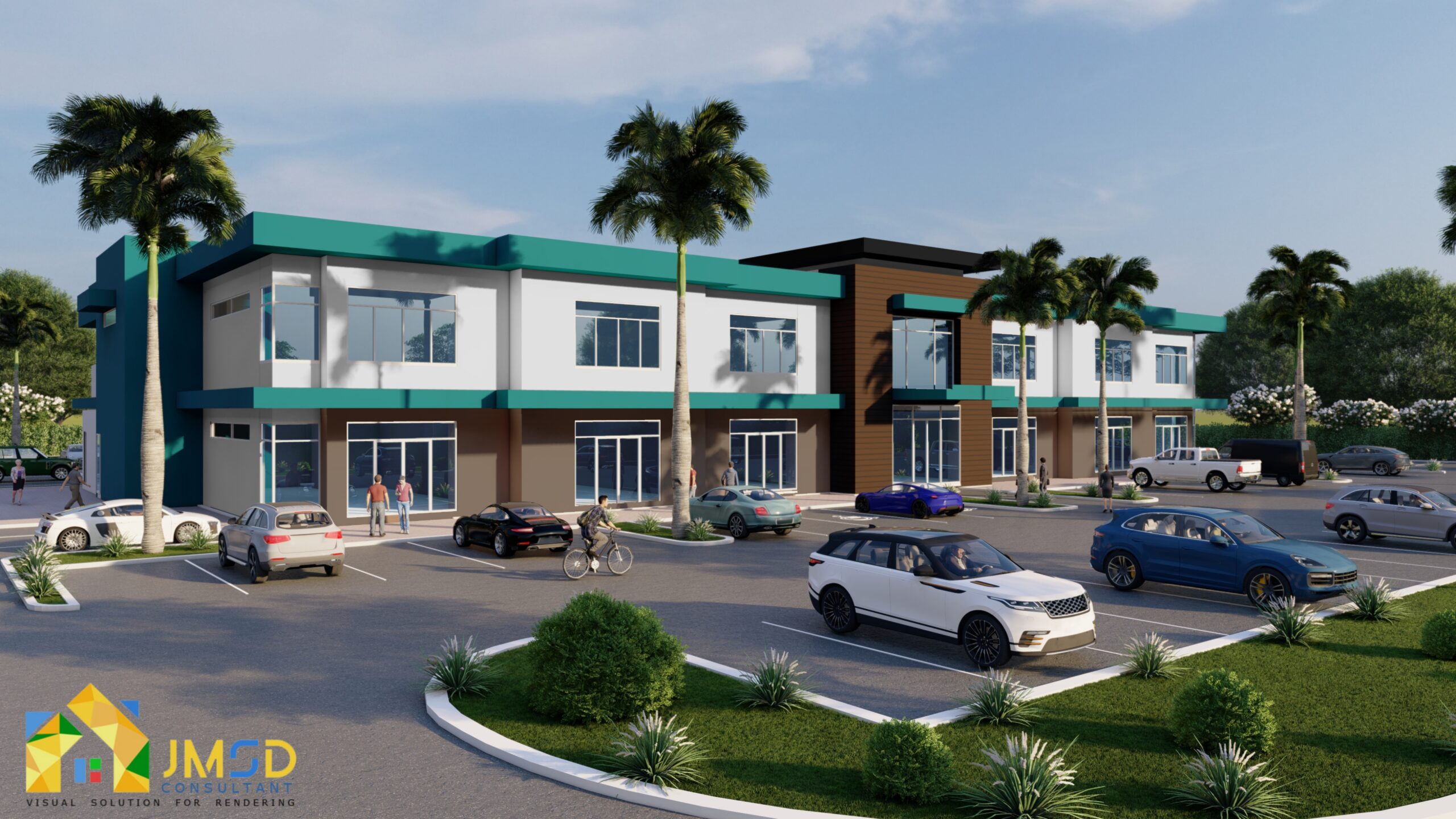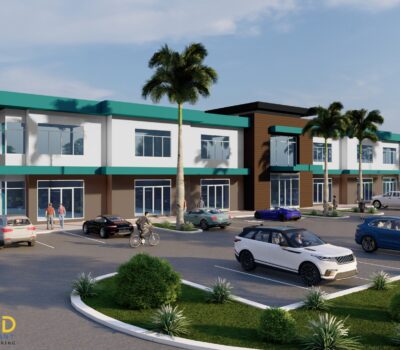The world of architectural visualization and 3D rendering has witnessed a significant transformation, all thanks to the power of mobile devices and innovative applications. This article explores the revolutionizing impact of mobile devices and apps on architectural visualization.
The Evolution of 3D Rendering
Architectural rendering has come a long way since the days of hand-drawn sketches and physical models. With the advent of computers, 3D rendering found its footing, making it easier to visualize architectural designs.
The Role of Mobile Devices in 3D Rendering
Mobile devices are now at the forefront of this transformation. Smartphones and tablets have become powerful tools for architects, designers, and clients to explore and interact with 3D architectural models.
Architectural Visualization in the Digital Age
In the digital age, architectural visualization is not limited to static images. It involves dynamic 3D models that can be manipulated in real-time. This shift in visualization methods has opened new doors for creativity and communication.
3D Exterior Rendering for Residential, Commercial And Mixed-Use Landscape Design. We undergo a white 3D model approval process with our clients to finalize modeling details before moving into materials and texture phase. Our phase approval process assures us we meet clients expectations.
Benefits of Mobile 3D Rendering Apps
Mobile apps designed for 3D rendering offer a plethora of benefits. They enable architects to showcase their designs to clients, make real-time changes, and provide immersive experiences that were unimaginable in the past.
Overcoming Challenges
With great power comes great responsibility. Mobile 3D rendering faces challenges such as hardware limitations, file compatibility, and data security. Overcoming these challenges is crucial for the widespread adoption of this technology.
The Future of Architectural Visualization
The future holds immense potential. As technology continues to advance, we can expect even more realistic and immersive 3D rendering experiences on mobile devices.
Case Studies: Successful Implementations
Examining real-world examples of successful 3D rendering implementations using mobile devices and apps will highlight the transformative impact on the architectural industry.
User Experience and Accessibility
Mobile 3D rendering apps focus on user-friendliness and accessibility. This means that even individuals without a technical background can engage with architectural models.
Artistry and Creativity in 3D Rendering
3D rendering is not just a technical process; it’s an art. Mobile apps empower architects to infuse their creativity into their designs, making them more engaging and captivating.
Enhancing Collaboration
Collaboration among architects, designers, and clients has become more seamless. Mobile 3D rendering apps foster better communication and understanding.
SEO Optimization in Architectural Visualization
The digital landscape demands visibility. Optimizing architectural designs for search engines ensures that potential clients can easily discover your work.
Discover our architectural 3D visualization portfolio to see how the JMSD Consultant team serves architects and interior designers The portfolio shows only a small portion of what we’re doing. Tell us what kind of CGI 3D Rendering Portfolio you need to see, and we’ll send you the right 3D Rendering! 
Tools and Software
A discussion of the various mobile apps, software, and tools available for 3D rendering will help readers navigate this innovative landscape.
Conclusion
In conclusion, mobile devices and apps have revolutionized 3D rendering in the architectural field. They have brought efficiency, creativity, and accessibility to a whole new level, transforming the way architects and designers communicate their visions.
FAQs
- How can I get started with 3D rendering on my mobile device?
To begin, you’ll need to choose a suitable 3D rendering app and learn how to use it. Many apps offer tutorials and support to help you get started. - What are the hardware requirements for mobile 3D rendering?
The hardware requirements may vary depending on the complexity of your projects. Generally, a modern smartphone or tablet with a powerful GPU and sufficient RAM is recommended. - Are there any free 3D rendering apps available for mobile devices?
Yes, there are free and trial versions of 3D rendering apps available. However, for professional work, you might want to invest in a premium app with advanced features. - How does mobile 3D rendering impact architectural presentations?
Mobile 3D rendering enhances architectural presentations by making them more interactive and engaging. It allows clients to explore designs in real-time, fostering better communication. - What trends can we expect in the future of mobile 3D rendering for architecture?
The future of mobile 3D rendering will likely involve even more realistic visuals, better AR/VR integration, and increased collaboration among architects and clients. Stay tuned for exciting developments in this field!





